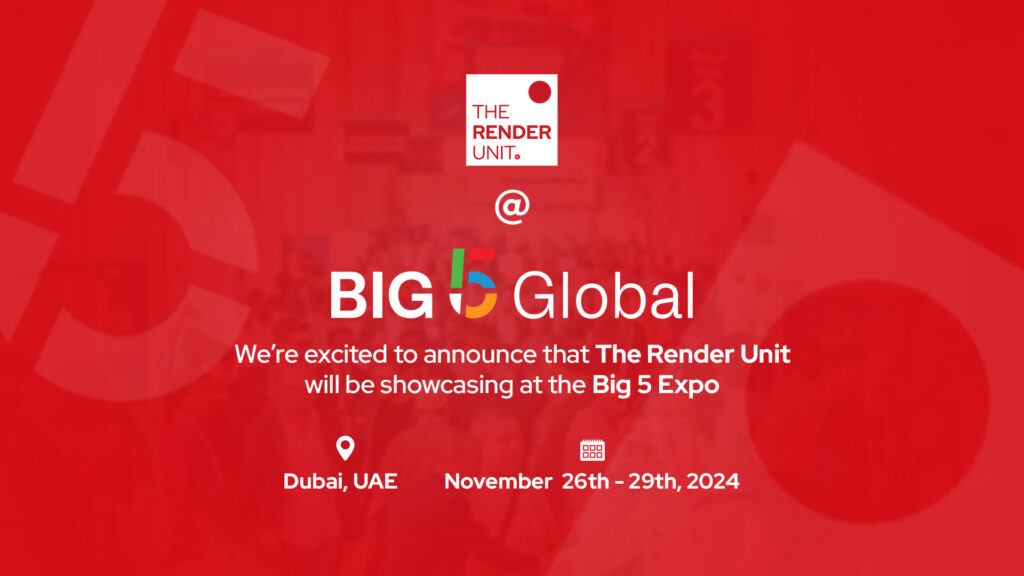The role of 3D animation in 3D rendering and visualization has recently emerged as a crucial instrument for architects, interior designers and real estate professionals. In order to draw more customers and investors, it enables them to showcase their designs, proposals, and projects in a more realistic and compelling manner. Experts can use the adaptability of 3D animation to make a wide variety of animations to meet a wide range of requirements. The five types of 3D animation that architects, interior designer and real estate professionals can use to showcase their work are discussed in this article.
Exterior Flythrough Animations
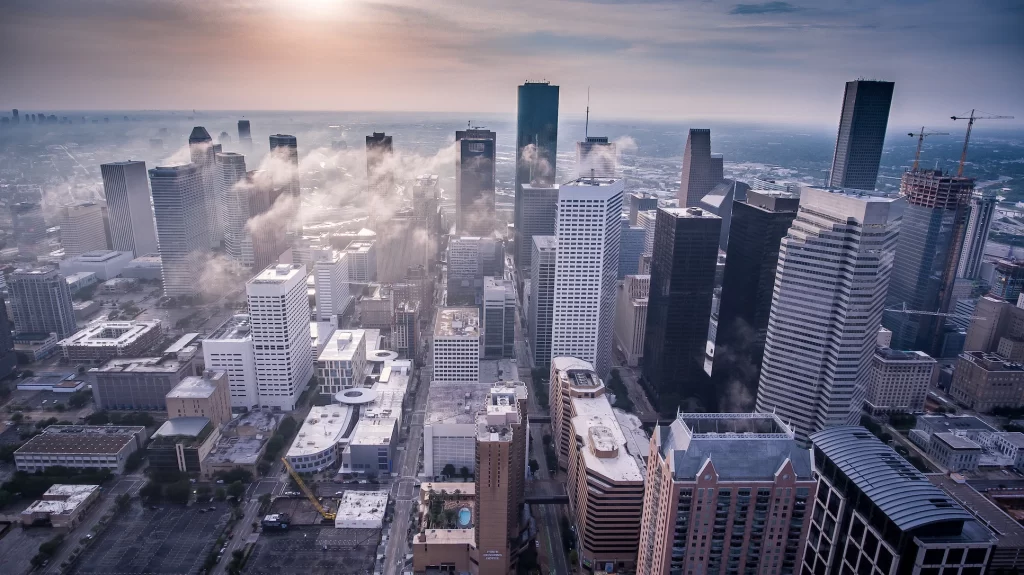
To showcase the exterior of a building or project, exterior flythrough animations are a great option. The design, exterior materials, and surroundings of the building are usually showcased through exterior flythroughs. They are also helpful for drawing attention to the building’s interesting details like its windows, doorways, and balconies.
Interior Walkthrough Animations
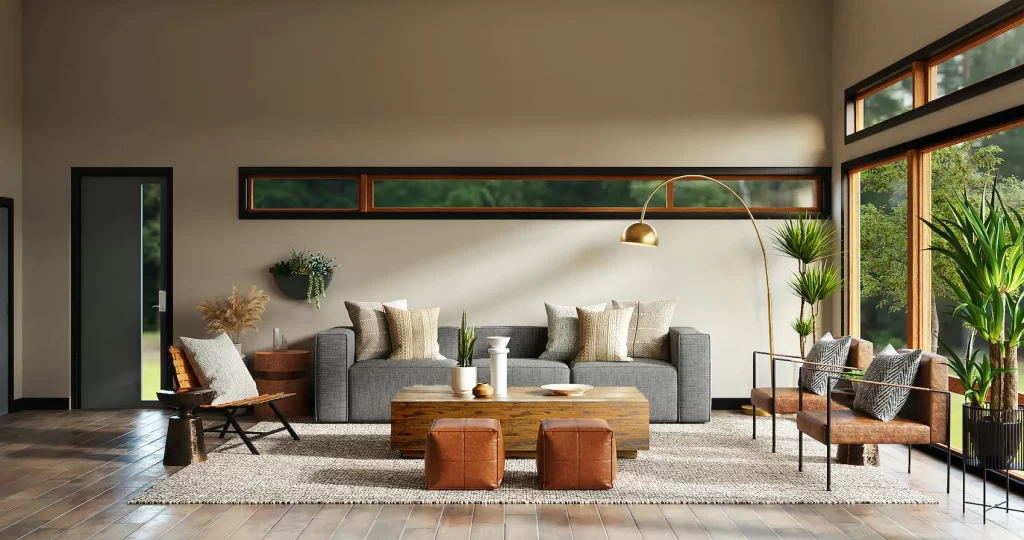
The interior of a building or area can be experienced by viewers through interior walkthrough animations as if they were actually there. To showcase the layout, design, and features of the interior, Interior walkthroughs are particularly helpful for showcasing the efficiency of the layout, the practicality of the design, and the effective use of natural light.
Panoramic Animations

360-degree panoramic animations give viewers a complete sense of immersion by letting them see the scene from any perspective. For showcasing the general layout of a place and its surroundings, 360-degree panoramic animations are especially helpful.
Realistic Animations
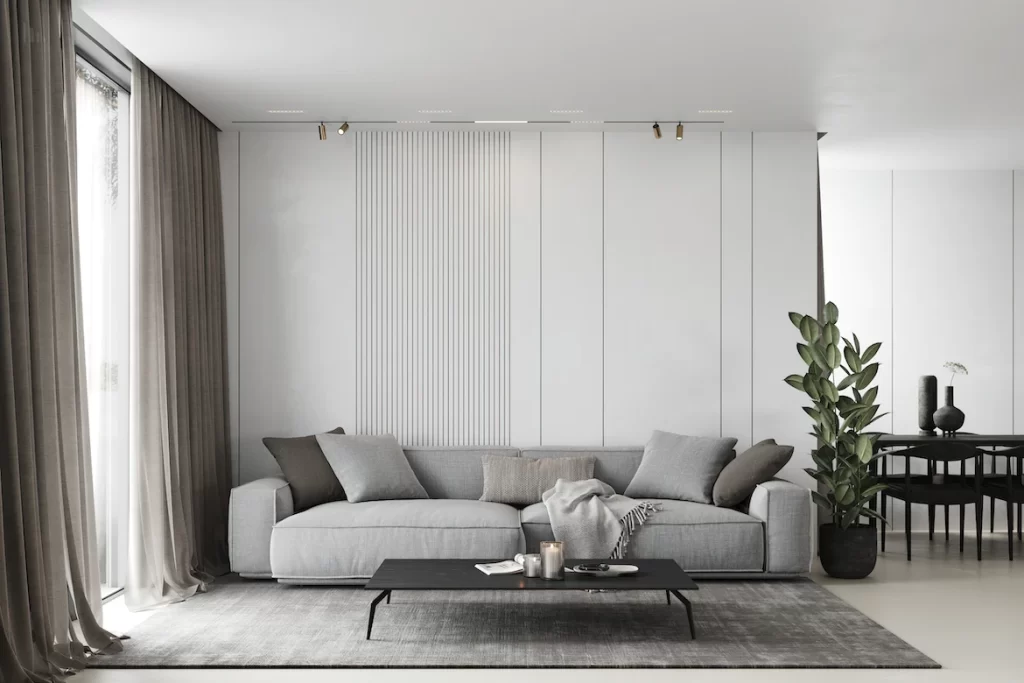
Photorealistic animations are those that look so lifelike that they could be mistaken for photos. These animations are made to provide a clear and accurate representation of the design and are typically used to showcase the building’s exterior or interior. Providing an extremely realistic depiction of the project to potential investors and customers, photorealistic animations are frequently used for promotional and marketing reasons.
Animated Explainer Videos
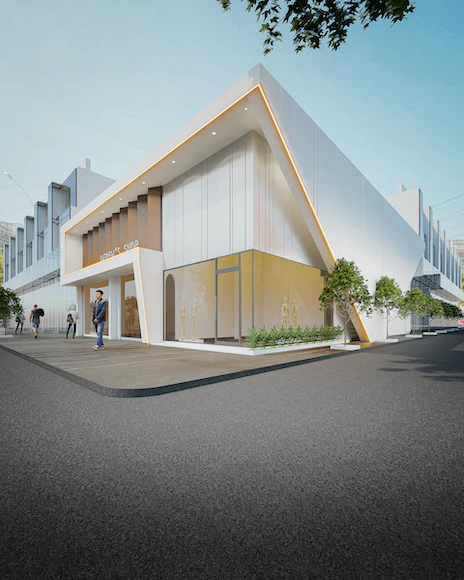
Explainer films, which are typically 3D animations, are used to simplify otherwise complicated ideas or designs. These movies are made by splicing together animation, narration, and graphics to explain a complex topic in a simple and straightforward manner. A technical explanation can be presented to a non-technical audience in a fun and engaging manner with the help of an animated explainer video.
In conclusion, the five different types of 3D animation discussed above are just a few examples of how this technology can be used to successfully showcase designs and proposals. Using these animations, architects and real estate professionals can create photorealistic depictions of their projects and designs, which in turn will impress more customers and investors.





